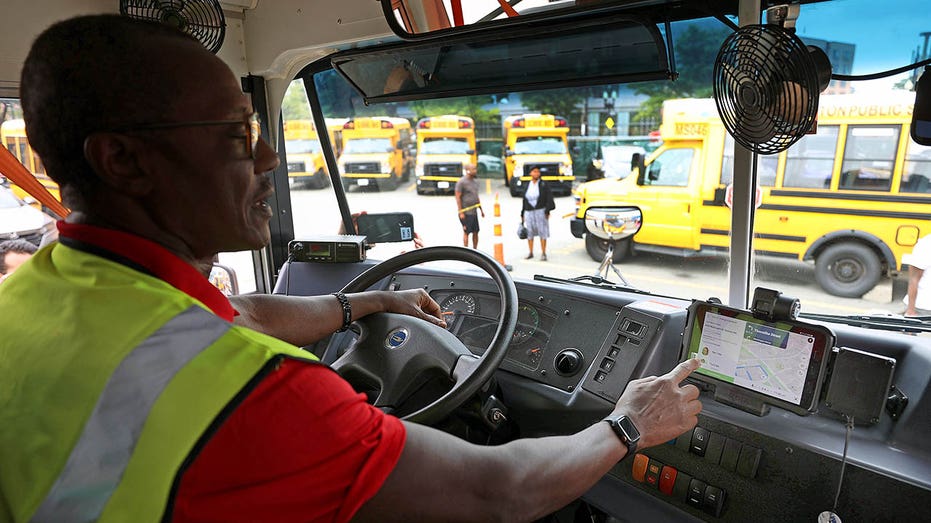Schools face a shortage of bus drivers and teachers, but around the nation, schools are also dealing with another growing issue: chronic absenteeism.
Absenteeism rose to an all-time high during the COVID-19 pandemic, according to Hedy Chang, founder and executive director of Attendance Works, which is an initiative aimed at advancing student success by addressing chronic absence.
At least 14.7 million students nationwide were chronically absent during the 2020-2021 school year, according to Attendance Works, which used the most recent federal data available. That’s a significant uptick from the more than 8 million students that were chronically absent during pre-pandemic times.
Today, close to one in four school children are still chronically absent, Chang said.
TEACHERS STILL QUITTING AT A CONCERNING RATE; HINDERING STUDENTS’ EDUCATION
According to Attendance Works, a chronic absence is defined as missing at least 10% of school days for any reason, which ultimately puts the child “academically at risk.”
These absences “can translate into students having difficulty learning to read by the third-grade, achieving in middle school, and graduating from high school,” according to Attendance Works.
It’s not just a child’s academics that are at risk. Chronic absenteeism, still much higher than it was before the pandemic, also negatively impacts a students’ mental well-being and ill prepares them for the working world.
“It really matters for job readiness. Showing up every day…is actually key to getting and keeping a job,” Chang said.
BUS DRIVER SHORTAGE PLAGUES SCHOOLS AS DISTRICTS PLEAD FOR MORE SUPPORT
It’s also important for children to learn societal skills like problem-solving and resolving conflicts with others, she added.
Students come to school when they know it’s a healthy and safe place to be, according to Chang. They are also more inclined to show up when they feel a sense of belonging and connection while at school, whether that’s with a teacher, not an endless Rolodex of substitutes, or some sort of club and sport.

The key to ” getting kids to go to school are what we call positive conditions for learning,” Chang said. The high levels of kids not showing up to school during the early days of the pandemic reflects how “these positive conditions for learning got eroded,” she added.
“We have to rebuild and establish relationships, both for the kids who are in school and then the kids who are now coming into school now,” she said.
Chang and Paula Hubbert, vice president of the Missouri School Board’s Association, believe that parents have also been more wary about sending their children to school if they show any signs of being sick, even if it’s minor.
“Just a cough is no longer a reason to panic,” Hubbert said.
Hubbert, who is in touch with school boards all across the state as an officer for the Missouri School Board Association, has been working to better educate parents on how to tell if children are too sick to go to school and when they aren’t, as part of the “Strive for 95” campaign.
Among her efforts, Hubbert says she is also working to make sure everyone in the education community is keeping an eye on the issue. Faculty are told to keep an eye out for things that may prevent a child from coming into school and bus drivers are also told to be aware of any signs that a child that should be coming to school is staying home. If a child is home for several days, then administrators are on the phone with the family to understand what’s going on.

With a significant emphasis on the issue, Bolivar — located in Southwest Missouri — finished the year with a daily attendance average of 92.8% district-wide.
During the first week of school this year, attendance exceeded 97%, which has been their highest attendance in years.
“We really feel the campaign we’ve put together of education and awareness is making a difference,” she said. “Ultimately, it’s the parents we need to reach.”
Read the full article here











